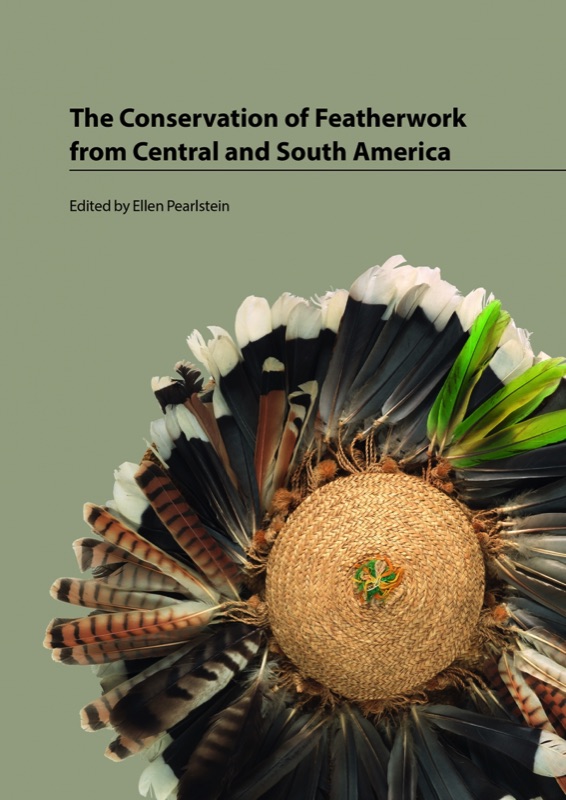Feathers have played major functional and emblematic roles in many cultures. It is important for conservators and curators to realize that featherwork requires a deep understanding of the birds selected, the technical approaches taken toward the manipulation of feathers, and how the condition relates to the meaning of the work. Accurate and comprehensive recording is essential and this volume presents a feather identification and condition template for recording feather features and conditions together with case studies of documentation and subsequent conservation treatment.
This book is an essential reference guide for all those working with ethnographic collections
For a look inside click here.
Introduction
Judith Levinson
1 An introduction to the examination, documentation, and conservation of featherwork
Ellen Pearlstein
2 Introduction to the case studies
Ellen Pearlstein
3 Feather identification and condition template
Ellen Pearlstein
4 Conservation of an Asháninka headdress
Colette Badmagharian
5 Conservation of a Karajá feathered headdress
Betsy Burr
6 Conservation of a Shapra headdress
Lesley Day
7 Conservation of a Huichol hat
Tom McClintock
8 Conservation of an archaeological feather plume
William Shelley
9 Conservation of a Karajá skirt/ belt
Heather White
Overall, The Conservation of Featherwork from Central and South America presents a strong argument for the important role that comprehensive technical documentation plays in conservation. It is also a useful reminder about the contribution that conservation makes to other related fields with respect to information on the materials, structure and use of objects. The comprehensive overview provided by the first chapter on the examination, documentation and conservation
of feathers is welcomed, as is the good number of references included throughout the book. So, too, is the feather identification and condition template, the application of which is well illustrated through the case studies. Although conservators who work with feathered objects will find this book to be a valuable resource, it has an even broader application within conservation with respect to its focus on standardized technical documentation and the contribution of the template to this end, as well as its exploration of intangible cultural evidence and how it can be affected by conservation choices.
Journal of the Canadian Association for Conservation, Vol 42 pp45-46
